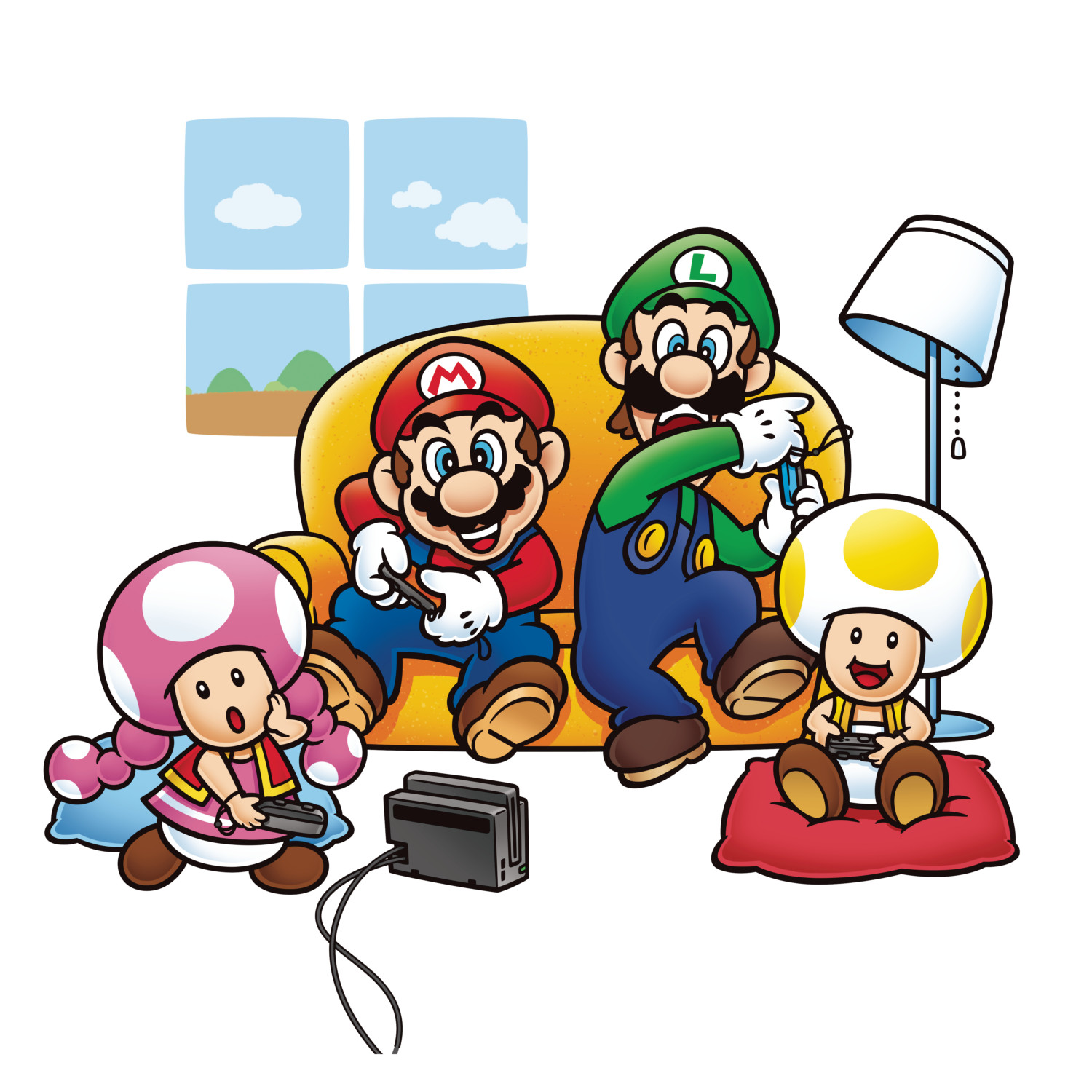
Nintendo Switch Menu Takes Up Less Than 200KB, How The Menu Was Designed
During CEDEC 2018, Nintendo Switch user interface designers shared insights on how the Switch menu was conceptualized and designed.
When deciding on what kind of operating system (OS) Nintendo envisioned, the developers decided that it should be easy to use, light to use, and feature games as prominently as possible. As the OS has many features, they wanted to make sure people feel it’s easy to use.
Some of the techniques employed include separating games from services, adjusting the size, color, and density of icons, top-to-bottom approach, and making the screen less crowded as possible. Through these techniques, it helps to keep the menu tidy and in order.
また、レイアウトは上下を意識。少なく見せる事で整頓とメリハリを実現。 pic.twitter.com/AFcXNAgTvc
— Takashi Mochizuki (@6d6f636869) August 22, 2018
When designing the button layout for the Nintendo Switch menu, Nintendo implemented a way that many people would agree in expecting how the cursor or something would move. Sound effects and text messages (errors, notifications, warnings, etc) are used together in order to make the user easily understand what is happening.
A key focus on making the Switch OS as light as possible was to follow the NES and Famicom’s simplicity – turning on the console immediately boots up the game. To picture how users use an operating system, Nintendo described it like driving a car – understanding what’s going on first, take action, and finally waiting for the result.
車の教習所でよく見る絵にUIの仕組みは似ている。 pic.twitter.com/7tGOLWgPbF
— Takashi Mochizuki (@6d6f636869) August 22, 2018
By cutting down the waiting time a player spends, the Switch menu’s design resources take up less than 200kb of memory. Animations have been made as short as possible, and certain actions have been kept to help users navigate.
画面遷移アニメは最初0秒にして自ら体感。その後必要なものを付け同時に開始するなどして分かりやすくも短くし、「ユーザーの待ち時間」を減らした。 pic.twitter.com/TgAcz5uXBz
— Takashi Mochizuki (@6d6f636869) August 22, 2018
Cutting down the number of actions users have to take was also prioritized, and the default cursor is always placed on Yes rather than No when exiting games. The OS also avoids asking “are you sure?” too much, trusting users know what they want. Sometimes, text is used instead of icons, as some icons may not be easily understood by users.
ユーザーの操作は必要な手数を少なく。例えばソフト終了時の確認画面はカーソルが「はい」を初期位置に。確認画面自体が誤操作防止になるので、そこはユーザーを信頼にし、必要以上に確認をしない端的なものにした。 pic.twitter.com/FAq0WLHcSD
— Takashi Mochizuki (@6d6f636869) August 22, 2018
Finally, Nintendo explained the reason behind the lack of background music for the menu – they want users to quickly access games. Nintendo also engineered sound effects on the menu to what they call “animation sound effects” – sound effects with different effect for each line; adjusted rhythm and tempo, and call-n’-response.
Switchではゲームに特化するということで、BGMは使っていない。そのかわり効果音を心地よくするようにした。 pic.twitter.com/z0ZeCrVJ4L
— Takashi Mochizuki (@6d6f636869) August 22, 2018
